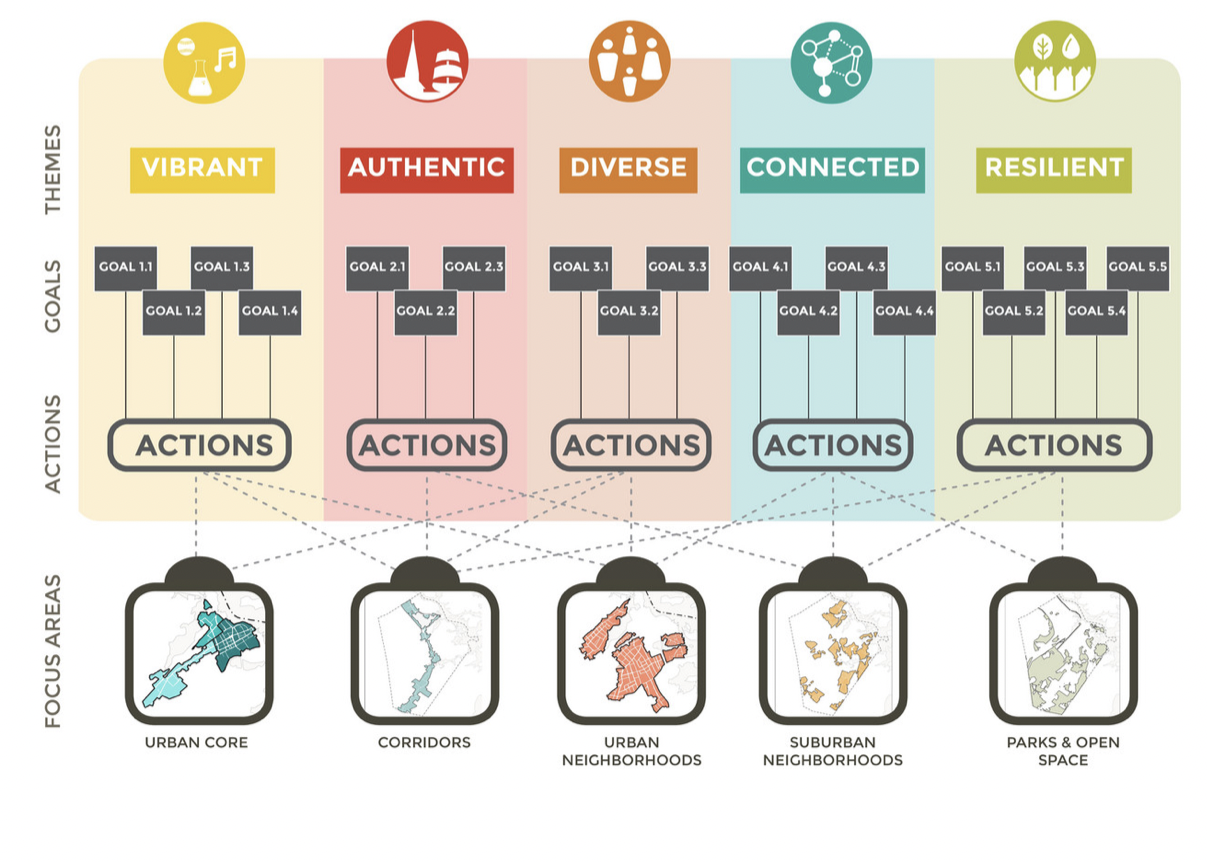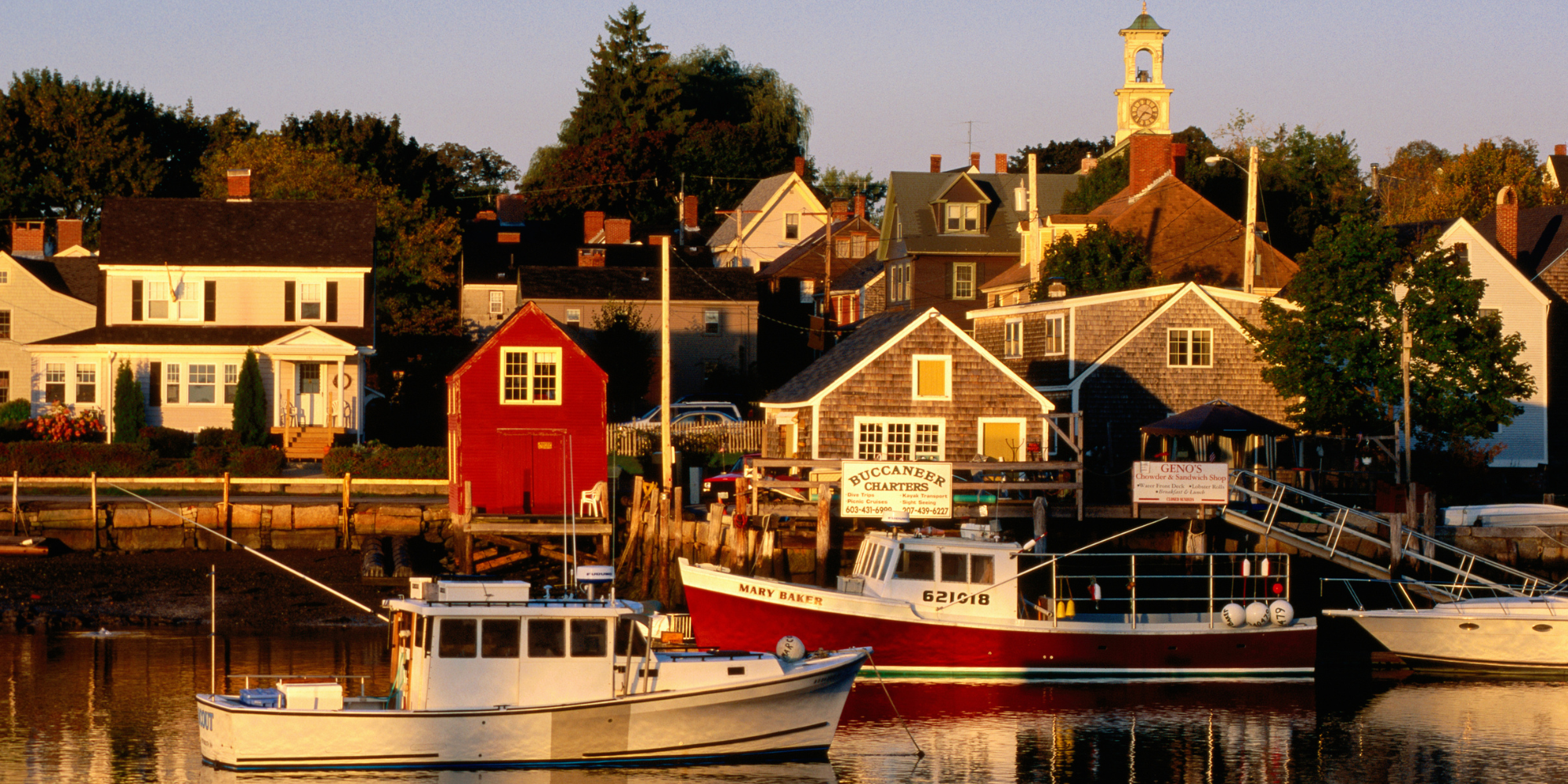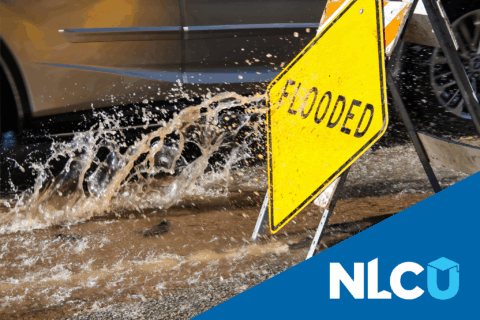Portsmouth, NH has experienced intensifying storms, extreme precipitation events, and sea-level rise due to climate change. The Portsmouth Planning Department estimates a best-case scenario of 2.5 feet of sea-level rise by 2050. For the past 10 years, the city of Portsmouth has been working with the New Hampshire Coastal Adaptation Workgroup (NHCAW) – a collaboration of more than 30 organizations working to prepare the coastal watershed for climate change – on community coastal resilience efforts to spearhead resilience as a priority in the Portsmouth 2025 Master Plan.

Portsmouth and NHCAW have previously collaborated to develop programs addressing this challenge such as the Portsmouth Coastal Resilience Initiative, Portsmouth Historic Vulnerability Assessment, and the Seacoast High Water Mark Initiative. These projects allowed the city to learn about best practices for climate resilience, flood adaptation, and historic preservation. NHCAW and the city received a grant from NLC’s Leadership in Community Resilience (LCR) grant program for the “Path to Resilience” project, a collaborative effort focused on documenting lessons learned about community resilience and applying these lessons to freshwater resilience efforts. The first part of this project focused on using storytelling as a tool to communicate these lessons in an engaging and easy-to-understand way. Seven coastal communities, including Portsmouth, shared their successes and lessons learned on their individual resilience efforts using videos, maps, data visualizations and written reports. Portsmouth’s storytelling project was a StoryMap called “Path to Resilience Portsmouth” that summarizes its ten-year vulnerability assessment and historic preservation work. The other towns that created community stories include Exeter, Hampton, Newmarket, New Castle, Dover, and Rye. The purpose of these stories was to support communities in promoting their achievements in coastal resilience and encourage inland communities to adopt their own resilience plans.
The second portion of the Path to Resilience project involved expanding the freshwater work. In tandem with the community stories that serve as inspiration for communities beginning their own resiliency efforts, NHCAW interviewed and surveyed five inland communities to assess community needs and specific concerns, which will be used to support future work. A workshop was held in January 2022 to collect lessons learned and advice from residents, which later formed the Community Lessons and Best Practices. This guide serves as a complement to the climate resilience stories to help inland communities begin or continue building their own resilience efforts. This project was a first step in expanding the work done by NHCAW, in the hopes of eventually including the entire watershed. The Path to Resilience project can be used by local leaders to educate communities on important issues.
Why is storytelling beneficial for community resilience efforts?
- Storytelling highlights the process: For local community members trying to figure out where to start a project, storytelling is a valuable resource in discovering how other jurisdictions have approached the work and can serve as valuable inspiration. It can add on to step-by-step instructions by providing the context necessary for others to take on similar work.
- Storytelling shows valuable perspectives from community members: Community members are important stakeholders in climate resilience. Storytelling gives them the opportunity to share more about their personal experiences, informing the work and demonstrating what is possible when they have an active voice in the solutions.
- Storytelling helps address turnover and continuity: The possibility of elected official turnover can be challenging for the continuity of long-term projects, especially when it comes to something as important as addressing the impacts of climate change. By engaging newly elected officials as stakeholders in the work through storytelling and sharing the “why” behind actions that were taken, communities can encourage them to continue supporting existing projects.
- Storytelling encourages other communities to learn from successes and failures: With stories and lessons from other communities, no community should have to start their efforts from scratch. Communities can utilize storytelling from others to avoid making the same mistakes and learn valuable context before beginning their efforts.
Storytelling is a unique way for cities to share their accomplishments, lessons learned and processes. Good stories are engaging and easy for the public to understand. They are a valuable tool to encourage others to begin their own climate resiliency efforts.
Learn more about the NHCAW’s community best practices and lessons and community stories.
Learn more about NLC’s Sustainability & Resilience work.

Contributions by:
Abigail Lyon is the Community Technical Assistance Program Manager for the Piscataqua Region Estuaries Partnership (PREP), a National Estuary Program for New Hampshire and southern Maine, and is co-chair for the New Hampshire Coastal Adaptation Workgroup.








